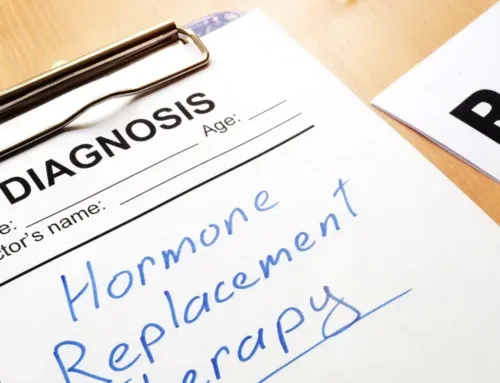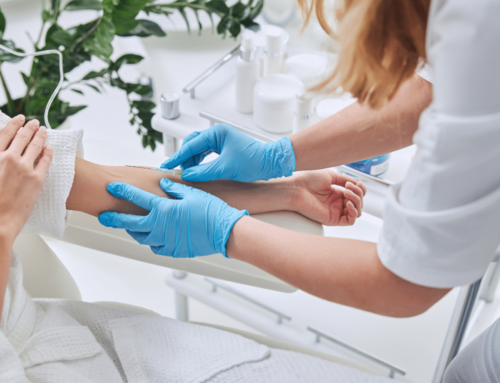
While often unseen, mold can pose significant health risks when it infiltrates our living spaces. Mold toxicity, also known as mold illness, is a condition that occurs when individuals are exposed to high levels of mold and its byproducts. Understanding the dangers of mold toxicity is crucial for maintaining a healthy living environment. In this article, we delve into the causes, symptoms, and strategies for identifying and mitigating mold toxicity, empowering individuals to safeguard their well-being.
The Causes of Mold Toxicity: Mold toxicity occurs when individuals are exposed to certain types of mold, particularly those that produce mycotoxins. Common indoor molds such as Aspergillus, Penicillium, and Stachybotrys chartarum (also known as black mold) have the potential to release mycotoxins into the air, which can be inhaled or ingested. Excessive moisture, inadequate ventilation, and water damage in buildings create favorable conditions for mold growth, increasing the risk of mold toxicity.
Recognizing Symptoms: The symptoms of mold toxicity can vary widely, affecting different individuals in different ways. Common symptoms may include respiratory issues such as coughing, wheezing, and sinus congestion, as well as allergic reactions, fatigue, brain fog, headaches, skin rashes, and gastrointestinal problems. It’s important to note that these symptoms can overlap with other medical conditions, making it essential to consider the possibility of mold toxicity when evaluating persistent or recurring symptoms.
Identifying and Mitigating Mold Toxicity:
- Visual Inspection: Conduct a visual inspection of your living or working spaces for any visible signs of mold growth. Pay attention to areas prone to moisture accumulation, such as bathrooms, kitchens, basements, and areas affected by water leaks or flooding.
- Professional Inspection: Consider engaging a professional mold inspector to assess your property thoroughly. They can identify hidden mold sources, perform air quality testing, and provide guidance on mitigation strategies.
- Proper Ventilation: Ensure adequate ventilation in your home or workplace by using exhaust fans, opening windows, and maintaining proper airflow. Proper ventilation helps reduce moisture levels and inhibits mold growth.
- Moisture Control: Address any sources of moisture promptly, such as leaks or excessive humidity. Repair plumbing issues, use dehumidifiers in damp areas, and promptly dry any wet materials or surfaces.
- Mold Remediation: If mold is identified, consult with a professional mold remediation company to safely and effectively remove the mold and its source. DIY mold remediation is discouraged as improper handling can lead to further contamination or health risks.
- Personal Protection: When dealing with mold, wear appropriate protective gear such as gloves, goggles, and respiratory masks to minimize exposure to mold spores and mycotoxins.
- Health Support: If you suspect mold toxicity, consult with a healthcare professional who specializes in environmental medicine or toxicology. They can help evaluate your symptoms, order appropriate tests, and develop a personalized treatment plan.
Mold toxicity poses significant health risks and requires proactive measures for identification and mitigation. By understanding the causes, recognizing the symptoms, and implementing appropriate strategies, individuals can create a healthier and safer living environment. Regular inspections, proper ventilation, moisture control, professional remediation, and seeking medical guidance are essential steps in combating mold toxicity and safeguarding our well-being from the hidden dangers that lurk within our surroundings.










